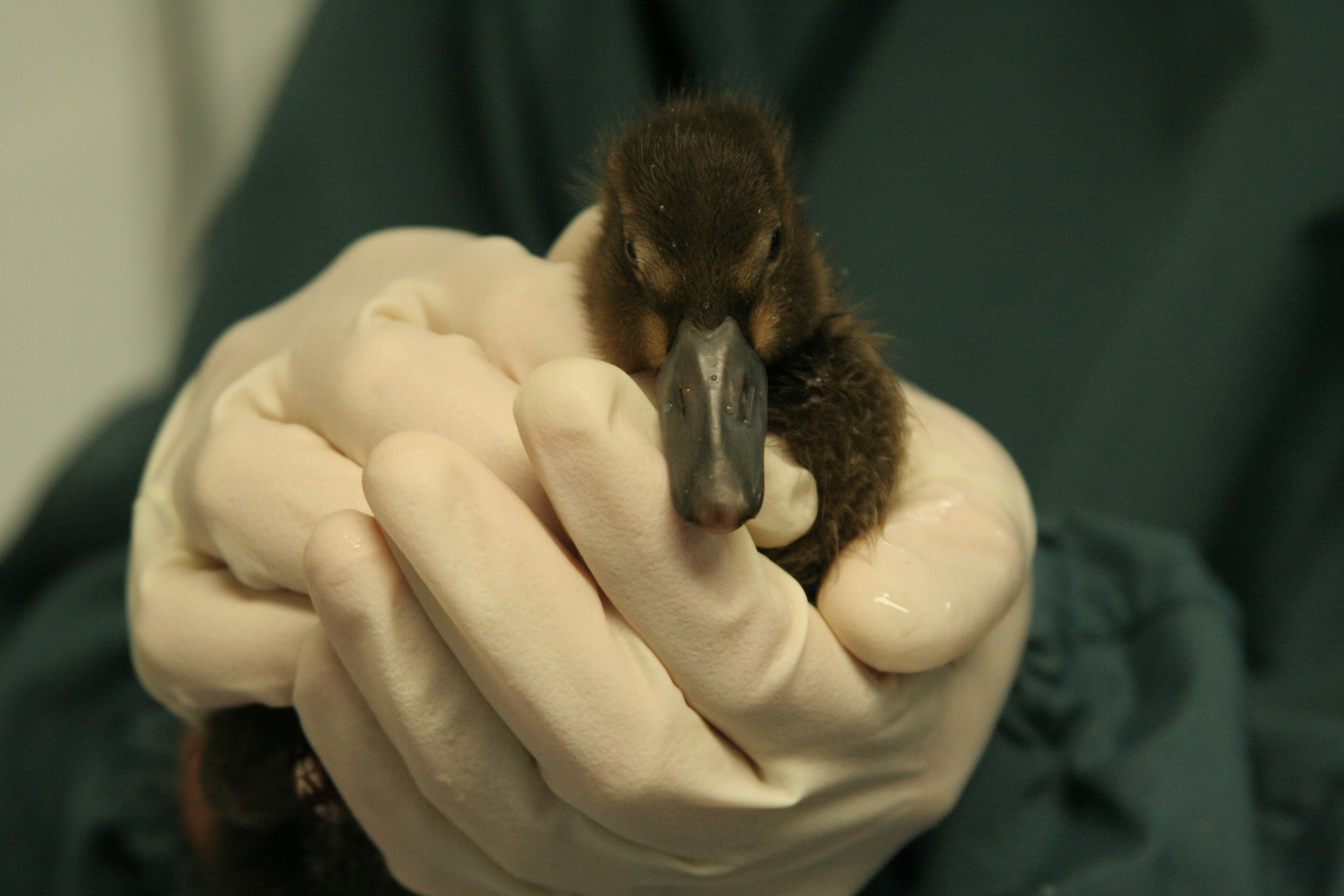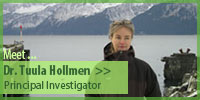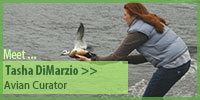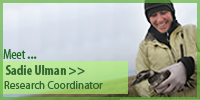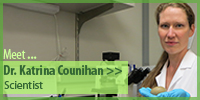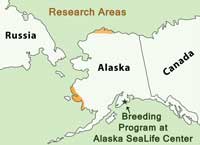 |
|||||||||||||||||||||||||||||||||
Next year the eider team will still be hard at work. Each year presents a new opportunity to learn about Steller’s eiders and to grow from past successes and failures. Researchers are expecting another breeding season with hundreds of eggs. They are hoping that they have determined a good setup for the eiders at the Alaska SeaLife Center so more hens will be able to go through the complete incubation process, as Scarlet and Eek did in the summer of 2014. Dr. Tuula Hollmen is hoping to breed “tundra-ready” ducklings that would be able to survive on the tundra, should reintroduction become a reality. If wildlife managers decide that reintroduction is necessary to help these birds recover, the scientists at the Alaska SeaLife Center now have the tools of captive breeding necessary to help make this possible.
Reintroduction would present a whole new set of questions for the team. How will they get their rearing techniques to work in the field? In a release facility, they would have to try to repeat what goes on at the Alaska SeaLife Center in the remote setting of the Y-K Delta. Since they would be on the tundra, there would be less manipulation of the habitat, but there wouldn’t be a lab nearby for immediate analysis. Also, Steller’s eiders are migratory birds, so they will travel from the place they are released. How will researchers help released ducklings establish winter and molting grounds? How will they get the eiders to return to the Y-K Delta for the next breeding season? Reintroduction of other bird species has been done successfully, but each species has its own specific needs. As this project continues its trek forward, Steller’s eiders will keep scientists questioning. There is a Facebook page for the Steller’s Eider Y-K Delta Reintroduction Program so you can stay up-to-date by clicking here.
|
CLICK BELOW TO LEARN ABOUT SEADUCK SCIENTISTS!
|
||||||||||||||||||||||||||||||||
 |
|||||||||||||||||||||||||||||||||









